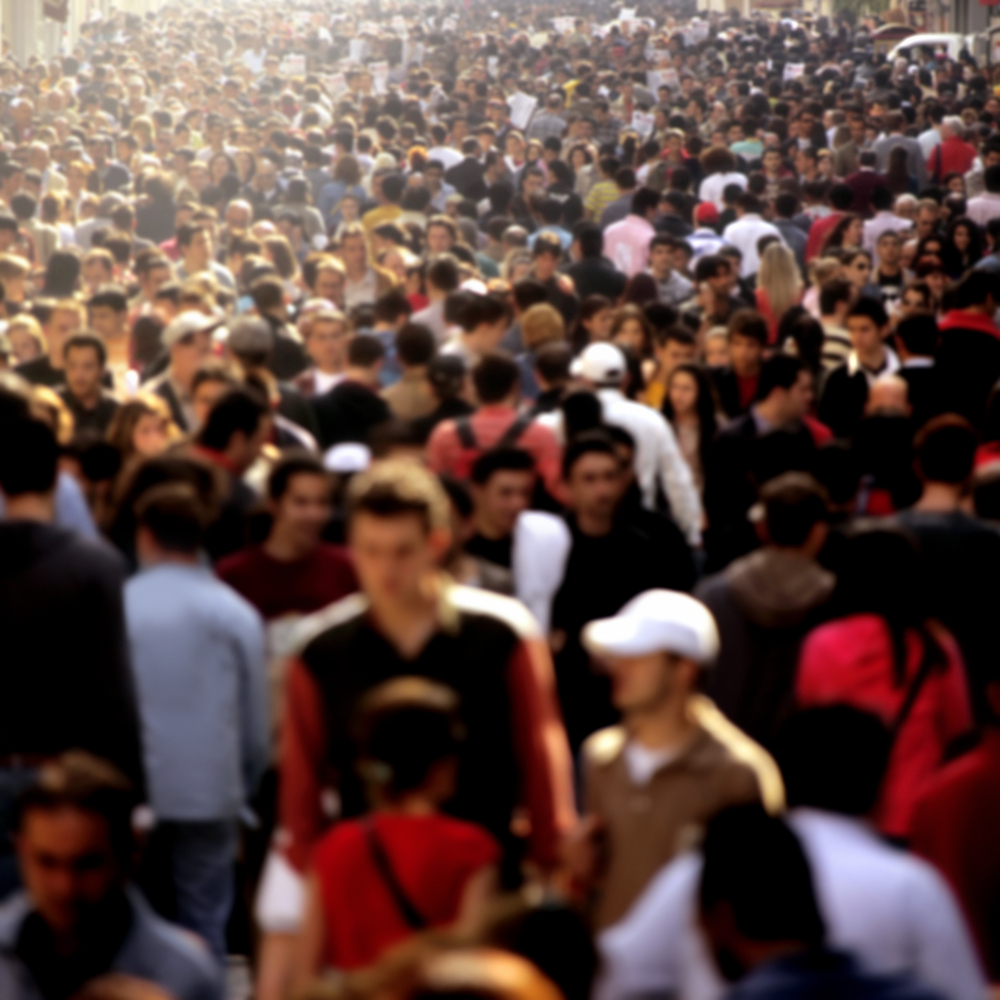Imagine for a moment that planet Earth isn’t running out of anything. We have plenty of food, plenty of oil, plenty of rare minerals, and plenty of air. In this little utopia, the only constraint is space. We can breed like bunnies, and everything is fine — until we hit what I call Peak Elbowroom.
This is more or less the idea behind a series of experiments conducted by John B. Calhoun in the 1960s. Calhoun offered a group of rats a limitless supply of food, water, bedding, and everything else healthy, happy rats could want — except space. He kept his rats confined in “rat cities” — elaborately partitioned boxes designed to simulate the urban environment, which he built in his basement in Washington, D.C.
So what was the rat response? Turns out they all died. Well, they went big, then died. The population spiked and plummeted in a blaze of rodent self-extermination.
It wasn’t for lack of resources, obviously, but just from the sheer stress of it all. They were fat, happy, and multiplying. Then Peak Elbowroom hit, and then they went berserk, became anti-social, stopped breeding, and then … Poof. Gone. Completely extinct. Calhoun repeated the experiment several times, always with the same results.
Back in the ’60s, Calhoun saw his experiments as a metaphor for the human experiment — and who wouldn’t, right? After all, this was the decade of The Population Bomb, when scientists predicted the Earth was reaching its human-carrying capacity.
The human population didn’t crash, of course — at least it hasn’t yet. But last year, we soared past 7 billion people on the planet, and talk of the Earth’s carrying capacity reared its head again. With that in mind, first-time filmmaker Mike Freedman decided to resurrect Calhoun’s rats. In his new documentary, Critical Mass, he tethers their story to our own oh-so-tricky subject of resource binging and population growth. Here’s the trailer:
Freedman doesn’t pretend that Calhoun’s rats are a direct analog for humans, but, he says, “We see ourselves in it instinctively. It’s a very human trait to anthropomorphize.” Nor is the film about population control. Instead, he says, his intention was “to open a conversation.”
Which is not to say Critical Mass is apolitical. It does, however, strive for the wide view of human self-organization. Throughout the film, an army of experts weigh in on head-spinning issues like poverty, urbanization, peak oil/water/food, and, of course, environmental degradation.
The result is a film that is well-crafted, provocative, and stark. Critical Mass raises important questions about how we choose to live on our limited planet. We strive for equality — or at least to provide every human with his or her basic needs. But that is becoming more and more difficult as we race towards Peak Elbowroom.
Check out my interview with Freedman, below. The young filmmaker is clearly honing in on the big questions of our day with intense focus and specificity. He’s also one hell of a conversationalist.
And if you like what you hear, Freedman and his team are in the midst of a fundraising campaign to distribute the film. Learn more at the Critical Mass homepage or on Indiegogo.
This interview is part of the Generation Anthropocene project, in which Stanford students partake in an inter-generational dialogue with scholars about living in an age when humans have become a major force shaping our world.




